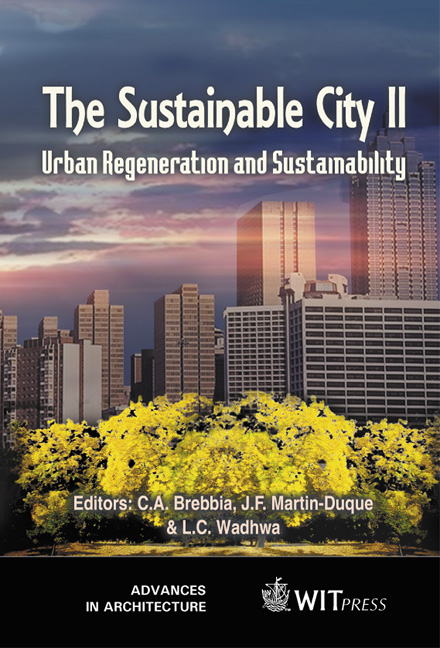Renewed Link Between Urban And Rural Areas
Price
Free (open access)
Transaction
Volume
54
Pages
Published
2002
Size
408 kb
Paper DOI
10.2495/URS020881
Copyright
WIT Press
Author(s)
G Kolkman, J Douwe van der Ploeg, L Van den Berg & W Timmermans
Abstract
The relationship between urban areas and farmers goes back a long way. In former times Dutch cities survived mainly on providing services, trading, producing hand-made goods and on basic industry, in addition to producing food within the city walls. Chickens, cows and pigs roamed the streets and horticultural activities were commonly practised adjacent to the walls. In many towns and cities, agricultural pursuits were often quite extensive (Reiljnders 1997). Intensive agriculture, both vegetable production and animal husbandry, also developed around the cities, to produce food as well as supplying the products needed for industrial purposes. The demand for, and availability of manure, although scarce, was satisfied by urban waste that acted as a stimulus for the development of agriculture close to the cities (Hidding 1997). Thus, in the eighteenth century, animal husbandry in the areas around Schiedam and Delftshaven profited from the cheap residues, or distillers' wash, from the flourishing new distilling industry (Bieleman 1992). Swing in the relationship between urban and rural areas as a result of the development of agricultural exports Until the nineteenth century, cities and their immediate surroundings formed well-defined units in the otherwise rather under-developed areas further away from the cities. Urban and rural sectors were separated not only by distance but also by their individual functions. In the nineteenth century Dutch agriculture was directed more and more towards export, initially to the British market. This orientation resulted in the Netherlands developing a classic peripheral economy. The centre of the market, having first moved to London, then became obscured in a generalised world market. This development towards the agricultural export
Keywords





